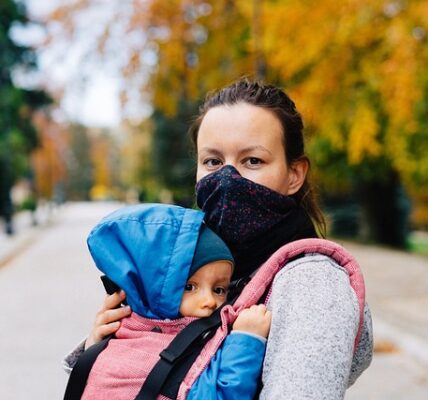Managing online privacy for kids has become an essential concern for parents and guardians in today’s digital age. With the increasing use of technology and social media among children, it’s becoming increasingly difficult to ensure their personal information remains safe from prying eyes. In this article, we will explore the key steps and strategies that can help you protect your child’s online privacy.
First and foremost, it’s essential to have an open and honest conversation with your child about online safety and privacy. Explain to them the potential risks associated with sharing personal information online, such as photos, contact details, or location data. Encourage them to be cautious when interacting with strangers online and to never share sensitive information without your consent.
One of the most effective ways to protect your child’s online privacy is to use parental control software or apps. These tools allow you to monitor your child’s online activity, block access to certain websites or apps, and set limits on their screen time. Some popular options include Net Nanny, Qustodio, and Kaspersky Safe Kids.
Another crucial step in managing online privacy for kids is to use strong passwords and two-factor authentication. Make sure your child understands the importance of using unique and complex passwords for each account, and encourage them to use a password manager to keep track of their credentials. Two-factor authentication adds an extra layer of security by requiring a verification code sent to their phone or email in addition to their password.
When it comes to social media, it’s essential to monitor your child’s activity closely. Many social media platforms allow users under the age of 13 to create accounts without parental consent. However, this doesn’t mean you should let them join without checking first. Take the time to review their profile settings and ensure they’re not sharing any sensitive information.
Education is key when it comes to online safety and privacy. Make sure your child understands how to identify and report suspicious emails or messages, as well as how to recognize online scams and phishing attempts. You can also teach them about digital citizenship and the importance of respecting others’ online boundaries.
Finally, stay up-to-date with the latest online safety trends and updates by following reputable sources such as Common Sense Media or the National Center for Missing & Exploited Children. These organizations provide valuable resources and guidance on how to protect your child’s online privacy and keep them safe in the digital world.
In conclusion, managing online privacy for kids requires a proactive and collaborative approach. By having open conversations with your child, using parental control software, setting strong passwords, monitoring their social media activity, educating them about online safety, and staying informed about the latest trends, you can help protect their personal information and keep them safe in the digital world.
Tags: online privacy, kids, parents, guardians, digital citizenship, cybersecurity, social media, password management, parental control software, net nanny, qustodio, kaspersky safe kids, common sense media




